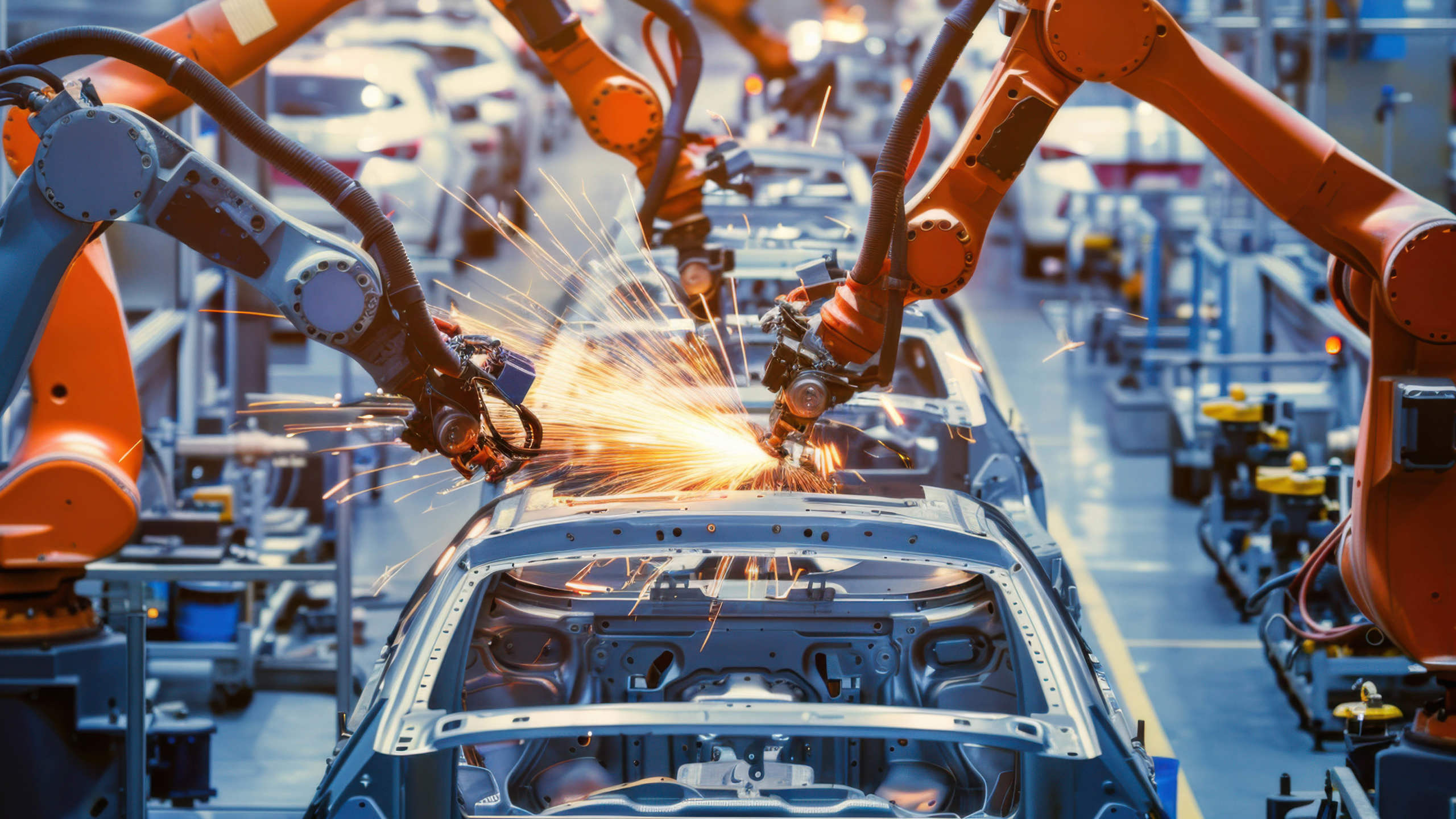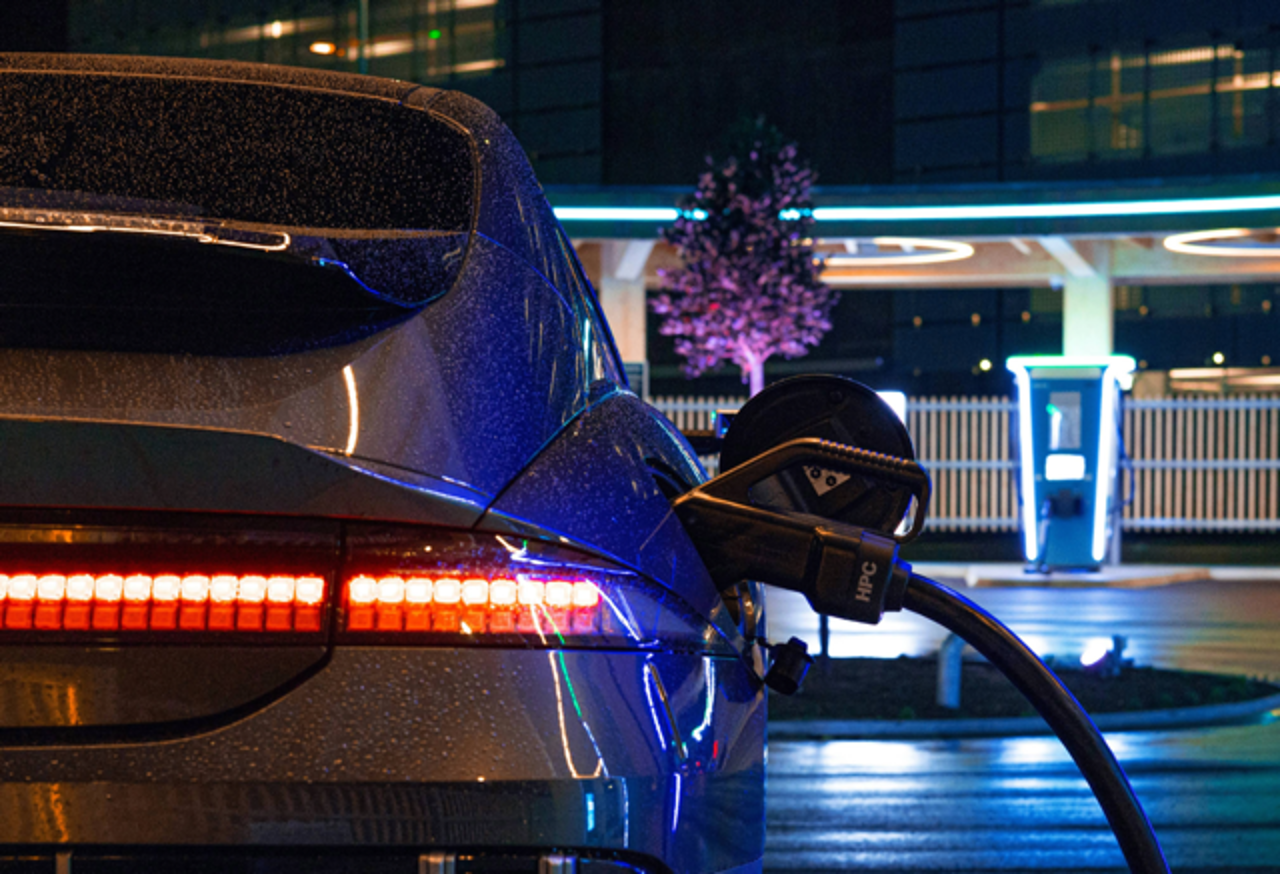Are commercial & industrial sectors really on track for net zero?
This content is AI generated, click here to find out more about Transpose™.
For terms of use click here.

The race to decarbonise is on but who’s leading, who’s lagging, and where’s the real impact happening?
Decarbonisation is no longer a distant ambition — it’s a pressing reality shaping corporate strategies across the commercial and industrial landscape. Yet while headlines often celebrate climate commitments, the reality is more complex. Progress varies widely across industries, technologies, and regions, and the gap between ambition and delivery is most visible in Scope 3 emissions.
Our latest report dives deep into this complexity. Drawing on an extensive database of over 400 decarbonisation initiatives, it provides a comparative analysis of 60 leading companies across 10 global sectors. From manufacturing to tech, agriculture to finance, the report benchmarks where progress is accelerating, where it’s stalling, and what’s driving meaningful change.
Structured into key modules, the report explores:
- Emissions by scope: where companies are delivering and where blindspots persist.
- Geographic trends: which regions are leading innovation and which remain underrepresented.
- Technology adoption: the role of solar, hydrogen, CCUS, digitalisation, and other critical solutions.
- Sector insights: uncovering unique challenges and emerging opportunities for each industry.
- Implications for stakeholders: what this means for businesses, service providers, investors, and policymakers.
Want to see how your sector stacks up? Get in touch to enquire about access and pricing for the full report.
Email us for your copyScroll down to explore our key findings
Explore industry insights by sector
-
Moderate progress on Scope 1 and 2 but struggling with Scope 3; especially vehicle use emissions.
- Scope 3 makes up 99% of emissions (mainly from ICE vehicles).
- Most firms now targeting EV and fuel-cell vehicle sales, but progress is linked to market/regulatory pressure.
- Volkswagen and Ford leading with low-carbon production.
Key tech: Solar PV, EVs, electrification, energy efficiency, and low-carbon logistics pilots.
-
Strong performance on Scope 2, but raw material and supply chain emissions remain major obstacles.
- 100% renewable electricity now common for operations.
- Coca Cola and H&M management notable for adopting technology partnership approach.
- Slow progress on Scope 3 despite ambition.
Key tech: Circularity, LED retrofits, EVs for last-mile, PPAs for solar and wind.
-
Electrification and renewable sourcing strong but Scope 3 from devices and global supply chains is a huge blocker.
- Apple leading on emissions cuts; Google seeing Scope 2 increases due to data centre growth.
- Major investment in carbon removal and clean energy funds.
- Digital tools used for emissions tracking, but limited Scope 3 reductions beyond headline firms.
Key tech: Wind and solar PPAs, supplier engagement, recycled materials, circular design.
-
Sector leaders are innovating, particularly in Scope 3 materials and site decarbonisation.
- Skanska stands out with a 48% Scope 3 cut since 2020.
- Use of electric fleets, rooftop solar, geothermal heating gaining traction.
- Strong energy efficiency across sites, but limited investment transparency.
Key tech: Low-carbon materials, on-site renewables, EVs, circular construction.
-
Strong on Scope 1 & 2; Scope 3 emissions from product use and materials still a major issue.
- Bosch and Siemens are front-runners; Tata Steel and GE Vernova are behind.
- Electrification and AI-powered energy optimisation used widely.
- Green steel and circular product design gaining traction.
Key tech: Electrochemistry, electrification, heat infrastructure, circularity.
-
Heavy Scope 3 emissions from farming; efforts now focus on upstream innovation and supplier programmes.
- Fonterra and Danone using regenerative agriculture and methane-reducing practices.
- Nestlé, Danone, and Kraft Heinz working toward FLAG (Forest, Land and Agriculture) targets.
- On-site solar and PPAs supplement operational decarbonisation.
Key tech: Bioenergy, circular farming, solar PV, digital monitoring.
-
Scope 1 and 2 progress driven by renewables; Scope 3 often avoided with intensity-based targets.
- Shell, BP, Enel and RWE investing billions in CCUS, hydrogen, and renewables.
- Scope 3 often tied to customer use of fuels; avoided through indirect accounting.
Key tech: Wind, solar, CCUS, hydrogen, biofuels.
-
Heavy fuel use means Scope 1 is high; SAF, EVs, and biofuels are central to transition.
- DHL and Maersk lead on Scope 3 interim targets and alternative fuels.
- UPS, FedEx investing in electric trucks, air cargo electrification.
- SAF uptake increasing, especially in air freight.
Key tech: SAF, RNG, solar, EVs, digital route optimisation.
-
Strong on operational reductions; upstream supply chains remain the biggest challenge.
- AstraZeneca leading with over 65% emissions cut since 2015.
- Johnson & Johnson linking procurement to supplier science-based targets.
- Energize programme helping suppliers adopt renewables.
Key tech: Efficiency upgrades, PPAs, digital supply chain tools.
-
Scope 3 (financed emissions) dominates but few firms show tangible decarbonisation outcomes from investments.
- JPMorgan Chase, and Deutsche Bank issuing sustainability-linked finance.
- Heavy alignment with capital-intensive technologies like CCUS and hydrogen.
- Disclosure on impact still patchy and inconsistent.
Key tech (via financed projects): Green hydrogen, CCUS, solar and wind, climate analytics.

LCP Delta combines deep sector expertise with data-driven insights to help businesses navigate the complexity of the energy transition.




